
Recent science is showing plant communication systems may be more complex than we imagined.

U.S. scientists are battling against an emerging enemy of human health: nanoplastics. Much smaller in size than the diameter of an average human hair, nanoplastics are invisible to the naked eye.
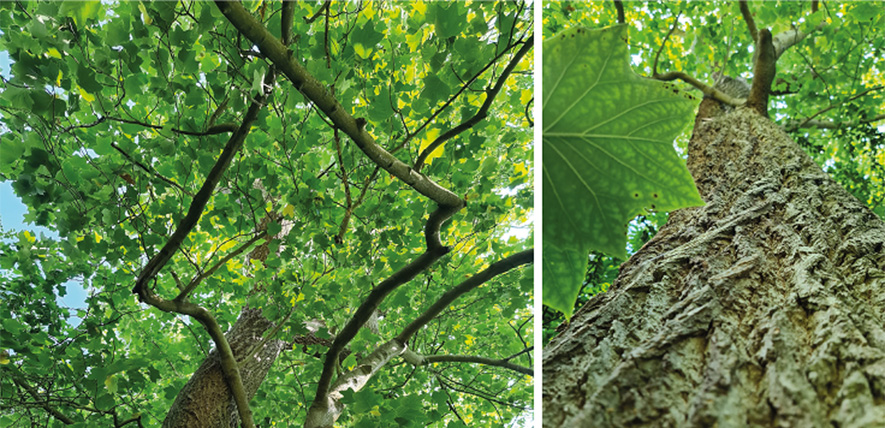
Researchers have identified an entirely new type of wood that does not fit into either category of hardwood or softwood.
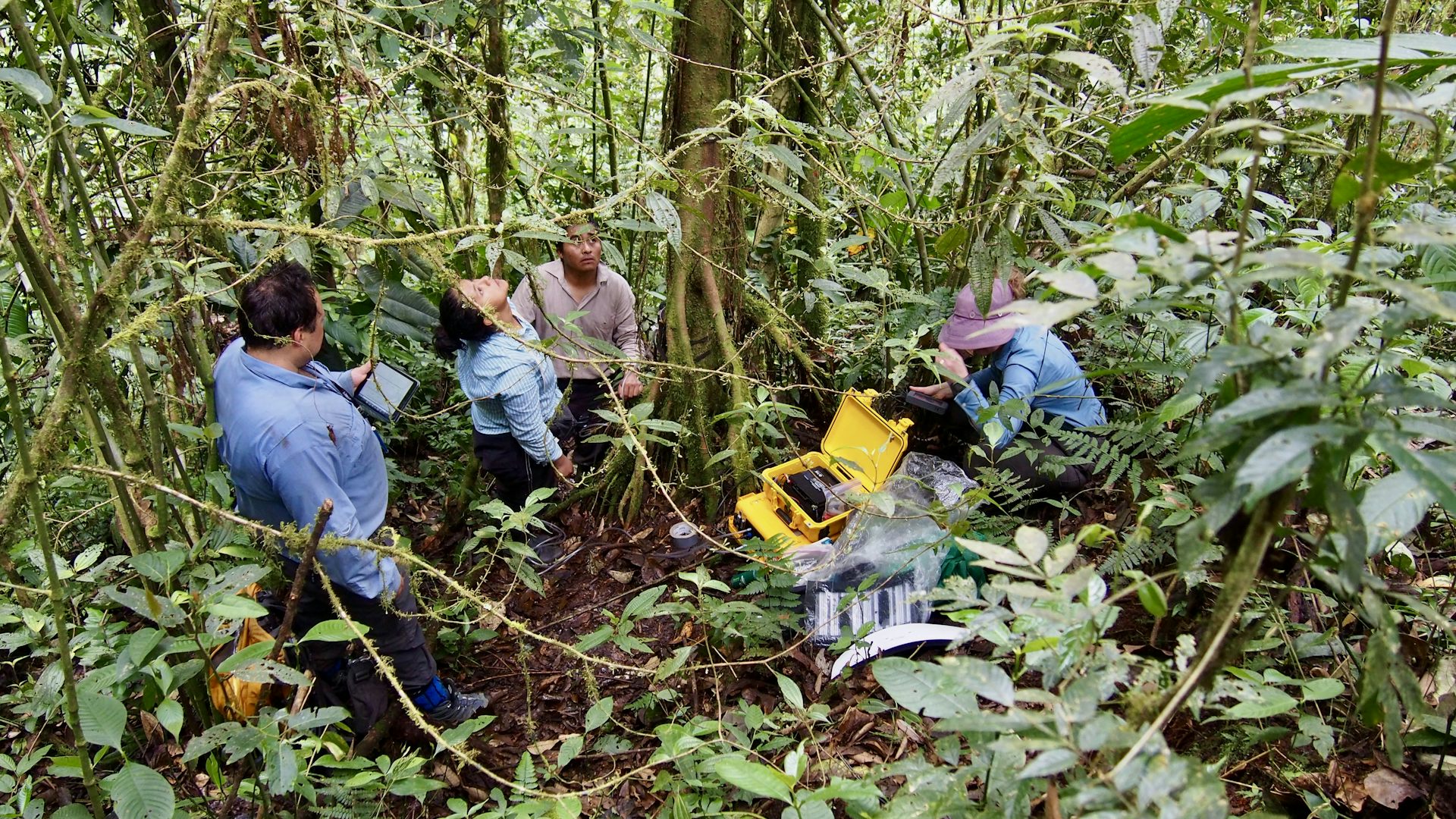
A large-scale study proves that trees absorb methane through their bark, with climate benefits at a global scale.
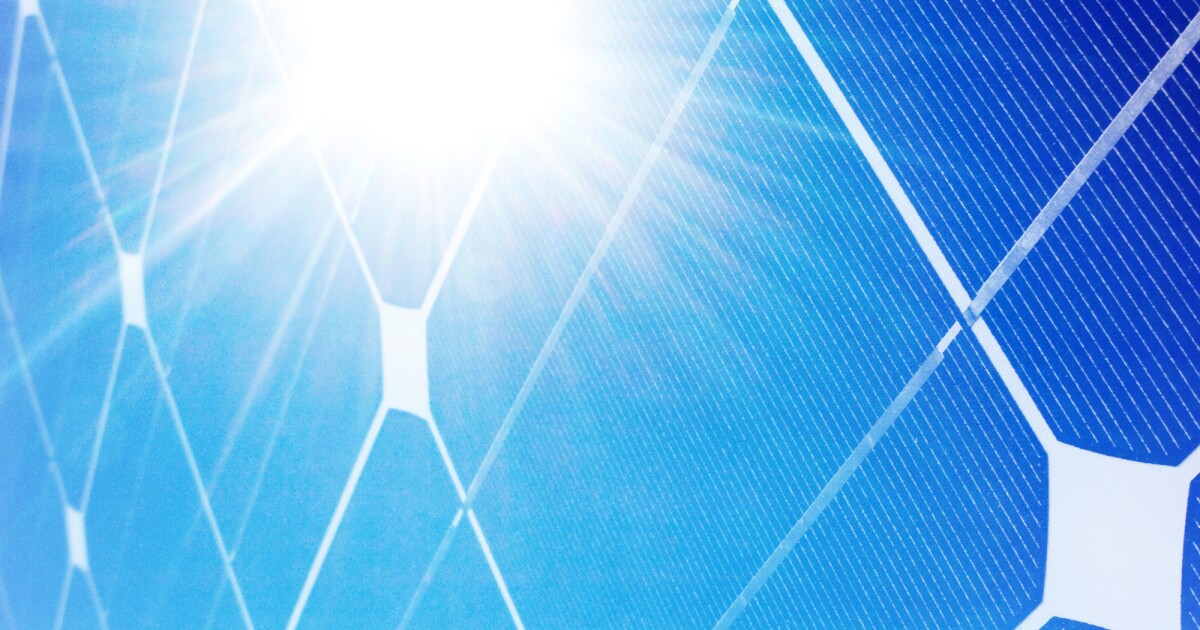
In the world of solar cell technology, perovskite materials are poised to take on the current reigning champion silicon, but their stability is holding them back. Now, scientists in China have developed a new type of hybrid perovskite.

An infrared glow high up in the atmosphere of Jupiter could be produced by an interaction with dark matter.
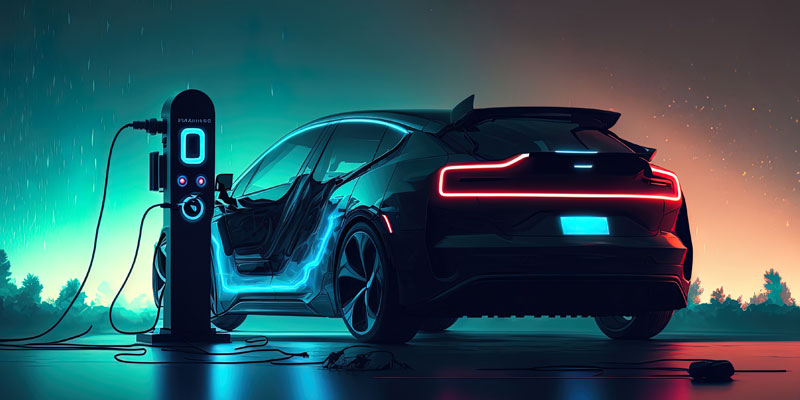
In the first quarter of 2024 there were more sales of electric and plug-in hybrids (which combine a petrol engine with a battery) than in the whole of 2020.

Our reliance on plastic has become a huge problem, which is why researchers are excited about a new type of material - one that comes with built-in biodegrading capabilities, due to the bacterial spores living inside it.
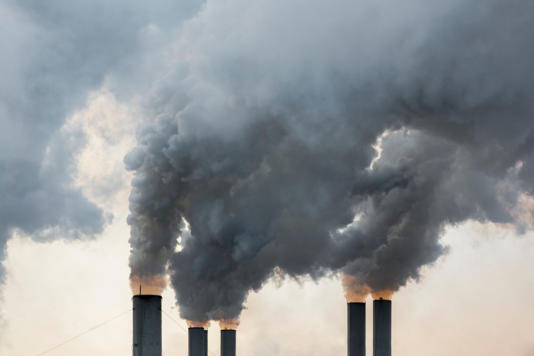
A new discovery could help to turn the tides in the war against greenhouse gases. Scottish scientists have created new molecules which, thanks to their hollow and cage-like structure, can store greenhouse gases.

A fusion reactor in southern France, called WEST, just achieved an important milestone that brings us one step closer to clean, sustainable, nearly limitless energy.

Extreme temperature events are often accompanied by greater solar radiation and higher wind speeds that could be captured by solar panels and wind turbines.

The research team explored changes to reef noise levels when the moon rises and sets.

Solar power accounted for three quarters of renewables capacity additions, of which PV in China alone topped the entire 2022 global figure.

Europe installed 18.3 GW of new wind power capacity in 2023. The EU-27 installed 16.2 GW of this, a record amount but only half of what it should be building to meet its 2030 climate and energy targets.

Groundwater provides about half of the world's population with drinking water and nearly half of all water used to irrigate crops. It can take decades or even centuries for some aquifers to recover after they are depleted.